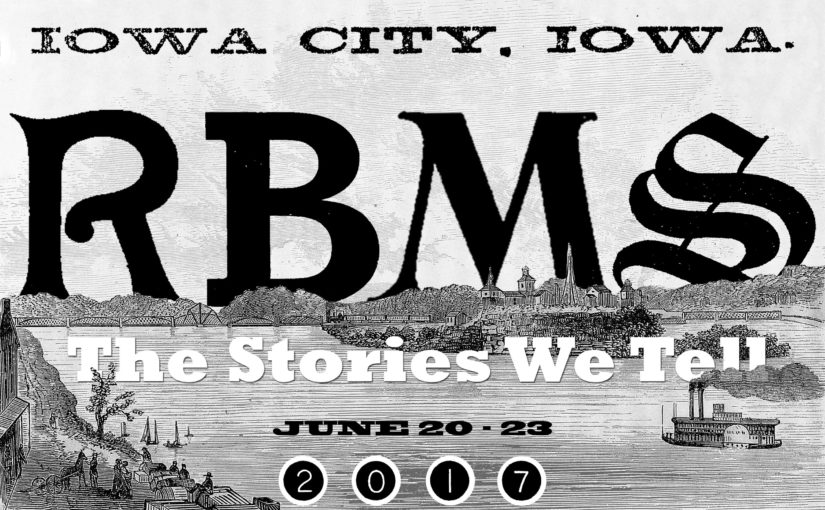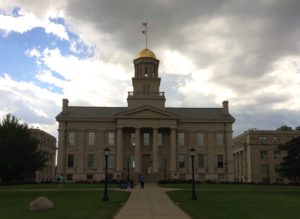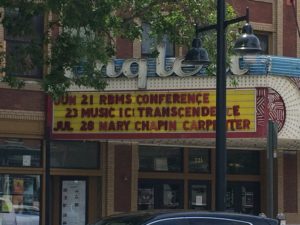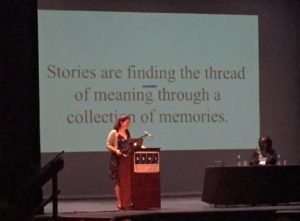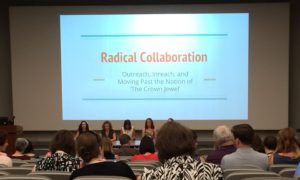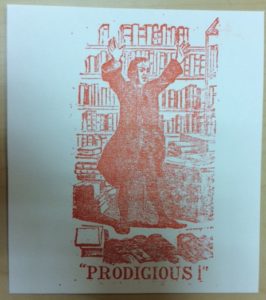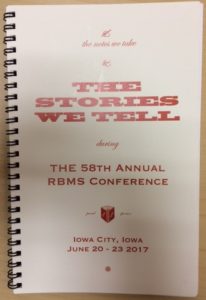“We are in fact convinced that no human experience is without meaning or unworthy of analysis, and that the fundamental values, even if they are not positive, can be deduced from the particular world which we are describing.”
–Primo Levi, If This is a Man
In Se questo è un uomo (If This is a Man), Primo Levi articulates that all experience informs our thinking and understanding about what it means to be human. Levi’s own experience as a chemist and a human subjected to extreme suffering in Auschwitz resonates throughout his works on display here.
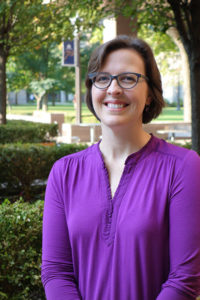 Elements of Humanity: Primo Levi and the Evolution of Italian Postwar Culture, the current exhibit in Special Collections to commemorate the 30th anniversary of Levi’s death, is curated by Tracy Bergstrom with assistance from Vittorio Montemaggi (Lecturer, Religion and the Arts, King’s College London) and Valentina Geri (PhD candidate, Italian). Tracy is the Program Director for the Specialized Collection Services Program and the curator of the Zahm Dante and early Italian imprints collection at Notre Dame. She earned a Bachelor of Arts in Italian Studies and Art History from Smith College, a Master of Arts in Archaeological Studies from Yale University, and a Master of Library Science from Southern Connecticut State University.
Elements of Humanity: Primo Levi and the Evolution of Italian Postwar Culture, the current exhibit in Special Collections to commemorate the 30th anniversary of Levi’s death, is curated by Tracy Bergstrom with assistance from Vittorio Montemaggi (Lecturer, Religion and the Arts, King’s College London) and Valentina Geri (PhD candidate, Italian). Tracy is the Program Director for the Specialized Collection Services Program and the curator of the Zahm Dante and early Italian imprints collection at Notre Dame. She earned a Bachelor of Arts in Italian Studies and Art History from Smith College, a Master of Arts in Archaeological Studies from Yale University, and a Master of Library Science from Southern Connecticut State University.
The exhibit invites viewers to engage with the works on display to explore Levi’s life and work. Tracing the development of Levi’s writings and their reception, Elements of Humanity demonstrates how they are interconnected. The books on display challenge viewers to reflect on what they see, on how art and history are related, on the connections between truth and fiction, on the relationship between scientific and humanistic knowledge.
Elucidating this synthesis is Levi’s Il sistema periodico (The Periodic Table). His scientific knowledge and analysis are woven with his literary skills, illuminating his experiences—personal, social, and political. In the series of short stories, each bears the name of an element which Levi uses as a metaphor for particular experiences from his life. On display, set in front of stunning images created by the Japanese artist, Yosuke Taki, is the opening of “Carbon” in which Levi traces the journey of a single carbon atom across time and space, a journey reflecting the experiences of the writer himself.
Most of the books in this exhibit are part of the Primo Levi Collection in Special Collections. Beginning in 2009, Hesburgh Libraries and Italian Studies partnered to develop this as a new collection that deepened the Italian holdings’ reach to include contemporary Italian literature. At the launch for this collection in Fall 2011, Father Hesburgh spoke about the importance of Notre Dame holding such a collection to use for teaching and research. The Levi Collection now includes all first editions of Levi’s works printed in Italy during his lifetime and of notable translations, especially in German and English, and adaptations that document Levi’s importance outside of Italy.
The Primo Levi Collection in addition to the Zahm Dante Collection and the other Italian literature collections held by the Libraries continue to support teaching and research for the campus and international visitors, and it also provides an invaluable resource for a new PhD program in Italian. These collections are heavily used by undergraduates, graduate students, and faculty at Notre Dame and by visiting scholars. Over the past few years, Italian Studies has made increasing use of these materials for the seminars it holds related to Italian Holocaust Studies. Of note, in 2012, Robert Gordon (Serena Professor of Italian at the University of Cambridge) examined the collection, gave a talk titled “Outrageous Fortune: Luck and the Holocaust,” and met with graduate students.
Works from the Italian literature collections have been exhibited on numerous occasions. Between 2008 and 2011, rotating exhibit cases featured topical exhibits: “Petrarch in 16th-Century Translation” and “Dante for Children.” A spotlight exhibit, “Plumb Crazy: Dante and Music,” ran October 3-28, 2016. “The Sixth Centenary Festival of Dante” was on display in Fall 2015, displaying works to commemorate the 600th anniversary in 1865 of Dante’s birth. Italian collections were also featured in All Roads Lead to Rome: New Acquisitions Relating to the Eternal City (Fall 2011).
Elements of Humanity opened on September 5, 2017 with remarks by Tracy Bergstrom, Vittorio Montemaggi, and Valentina Geri. The exhibit will remain on display through December 15, 2017. The exhibit is free and open to the public, Monday – Friday, 9am – 5pm.
Public Tours
• Tuesdays, noon
• Wednesdays, 3pm
Tours for classes or other groups, including K-12 requests, are available. Please contact Tracy Bergstrom at tbergstr@nd.edu or (574) 632-1763 to schedule a class or tour.
Suggested Resources
ETA: Tracy Bergstrom left the university in the spring of 2023.

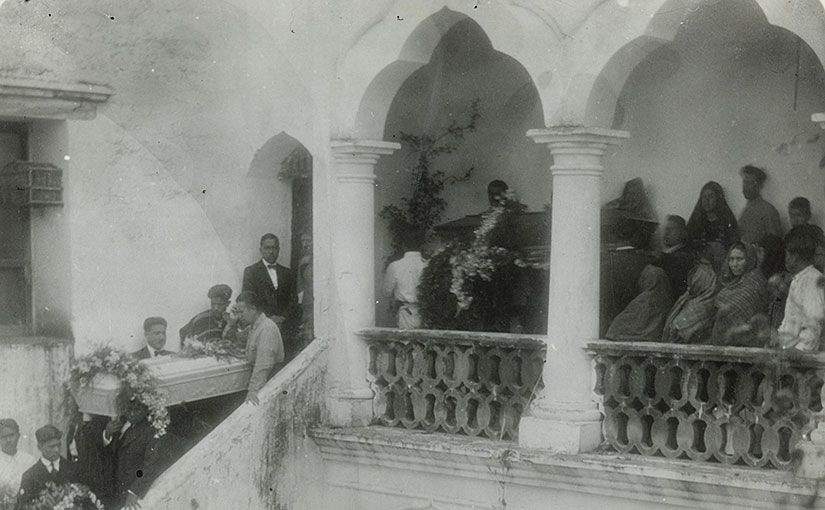
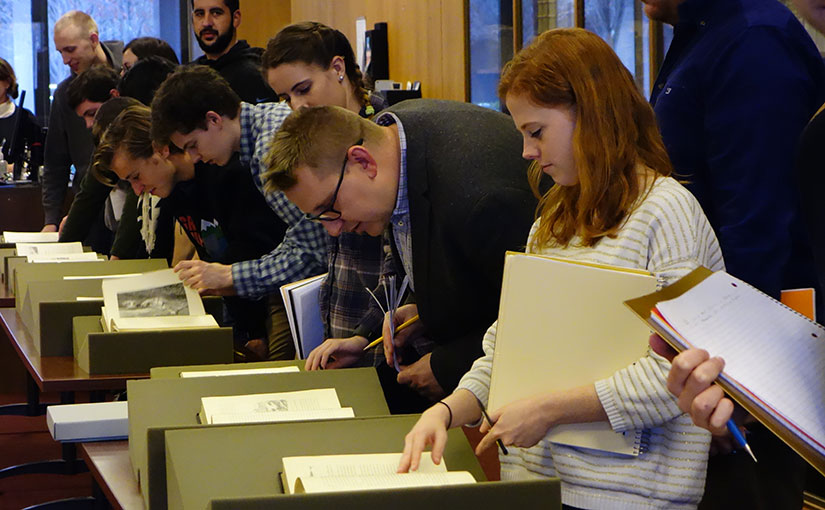

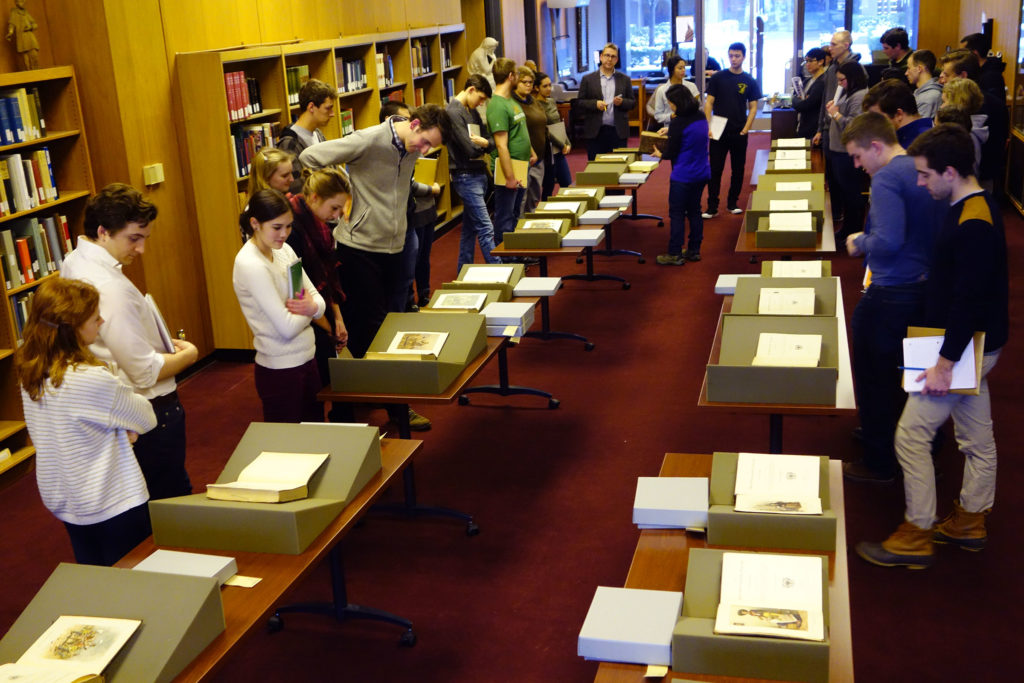
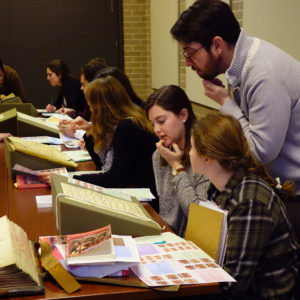

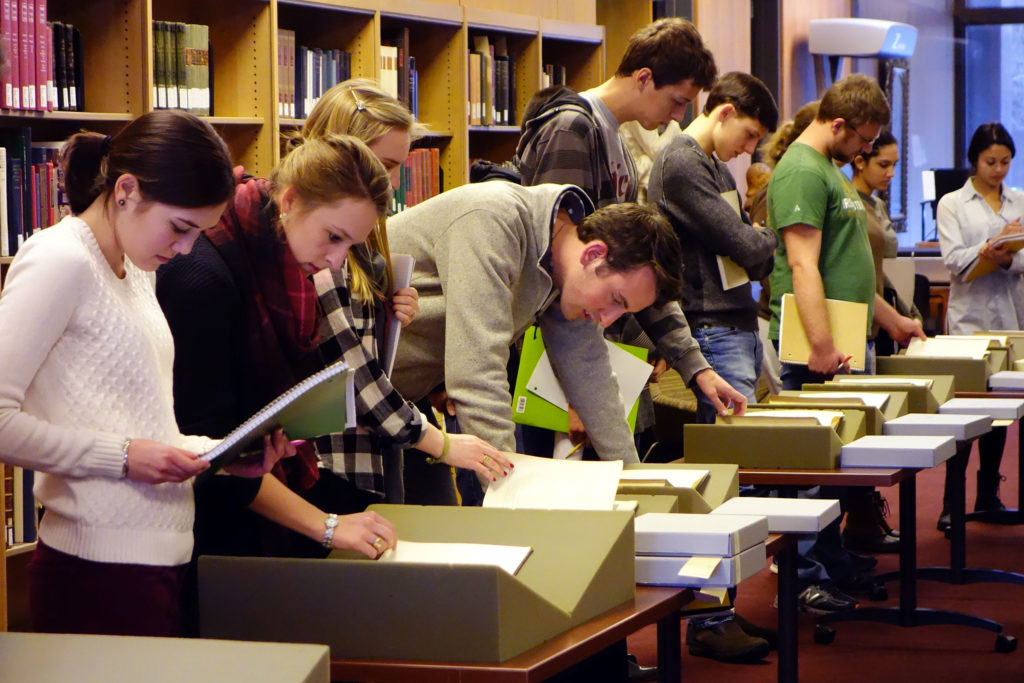
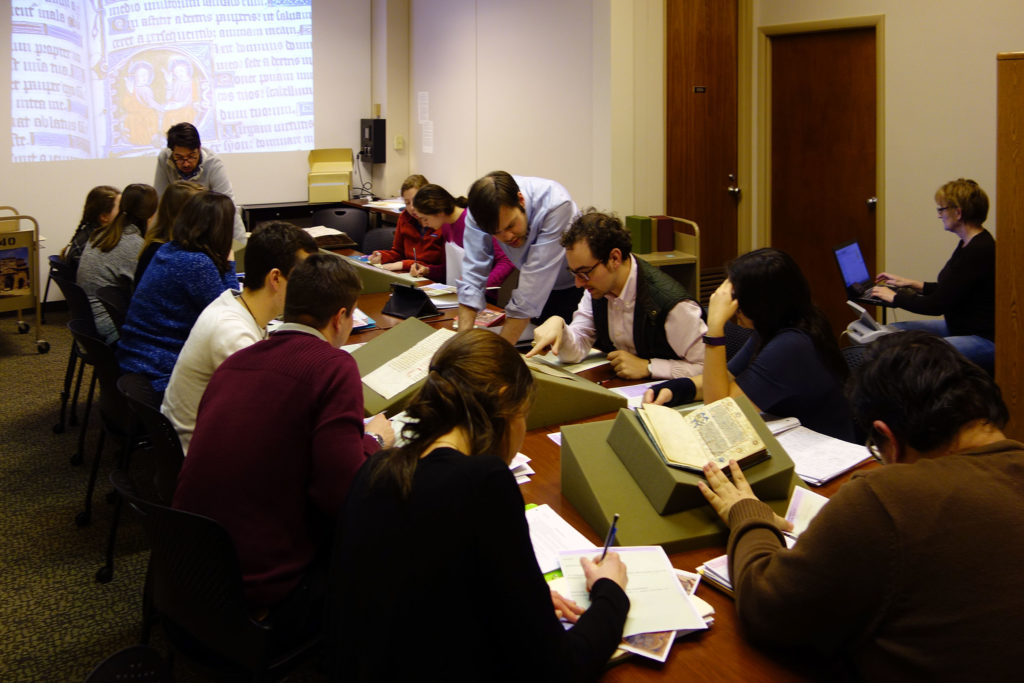
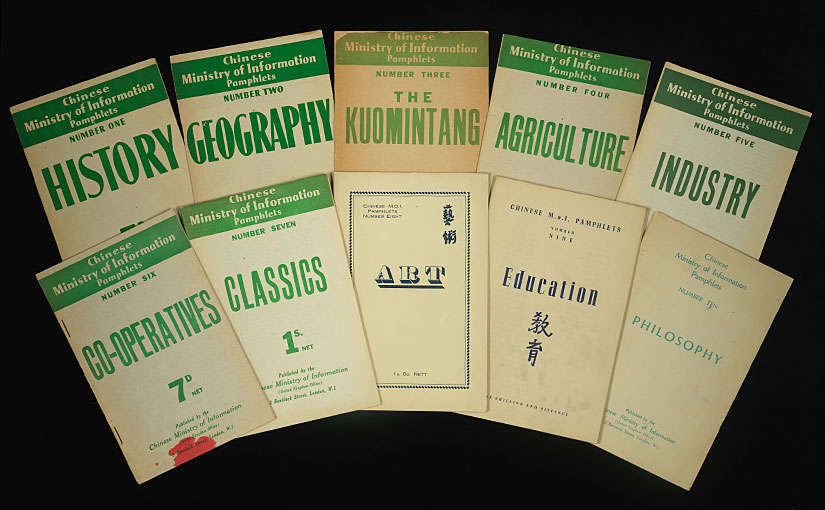
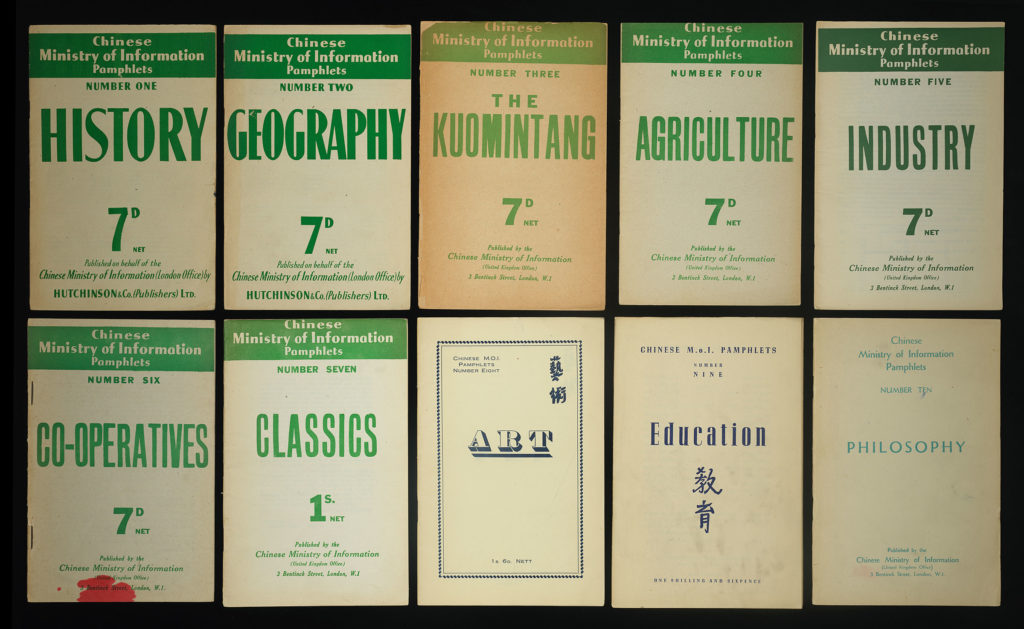
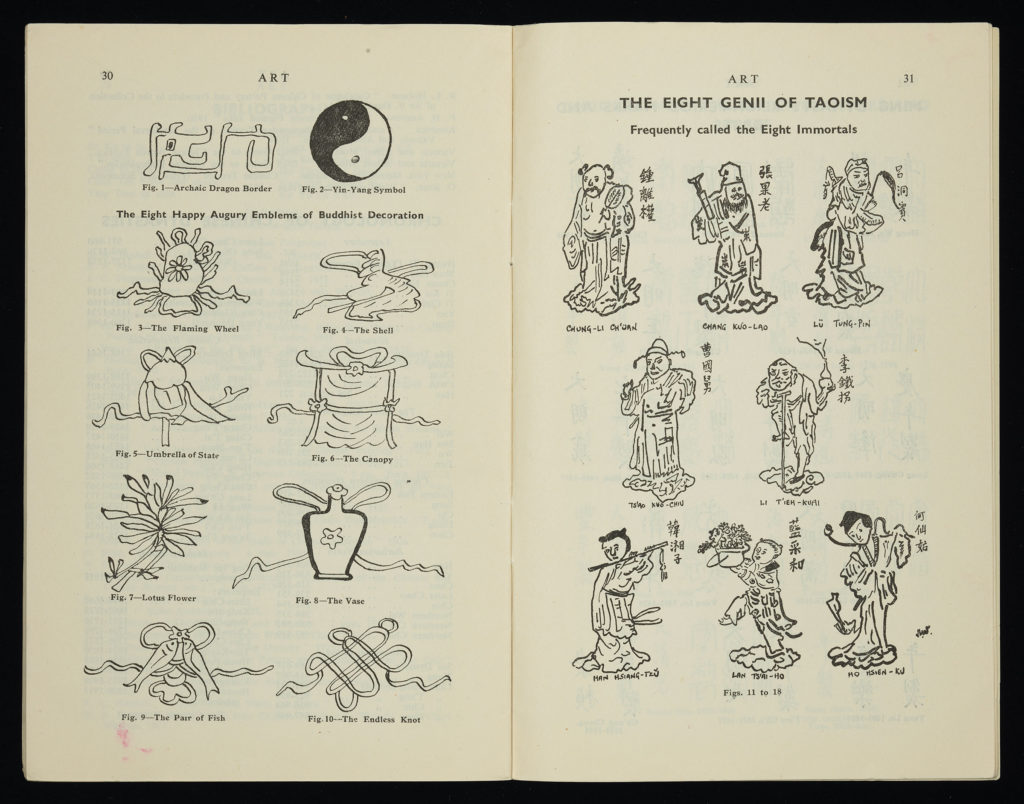
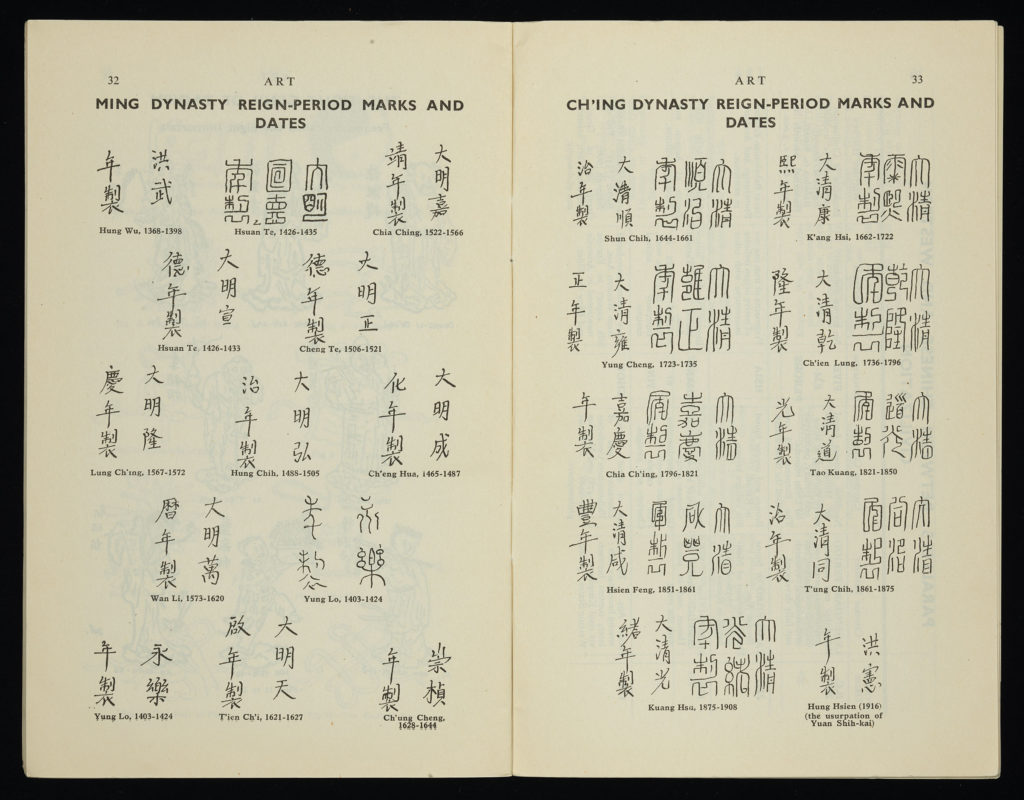
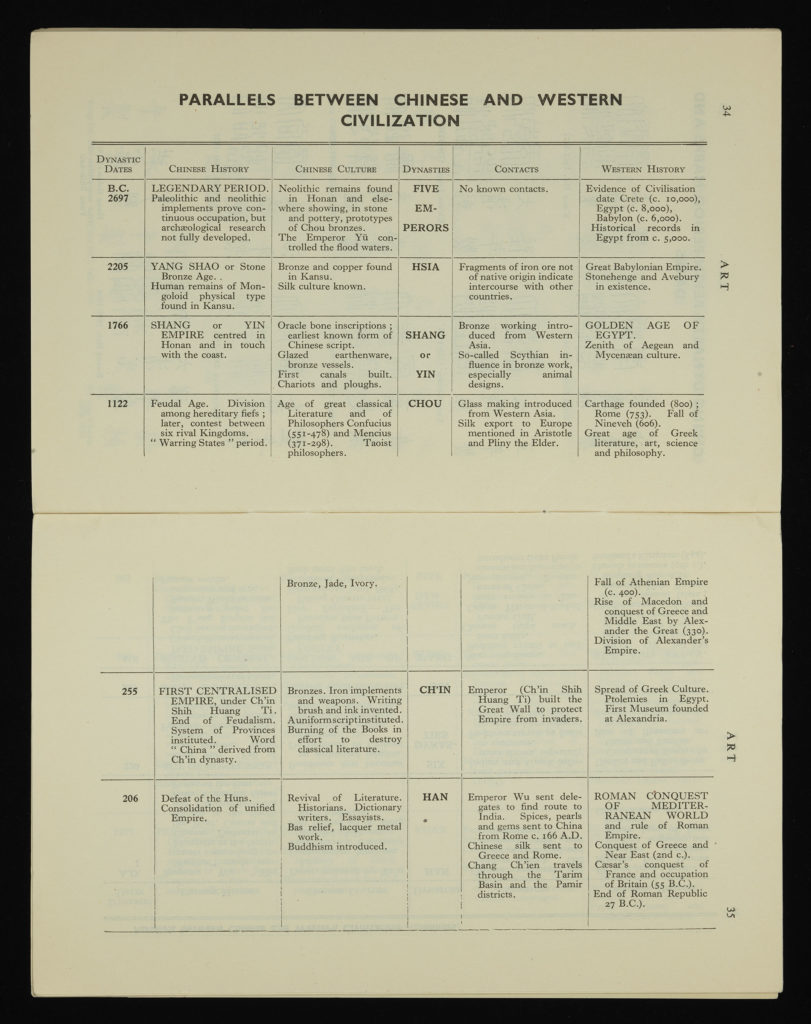

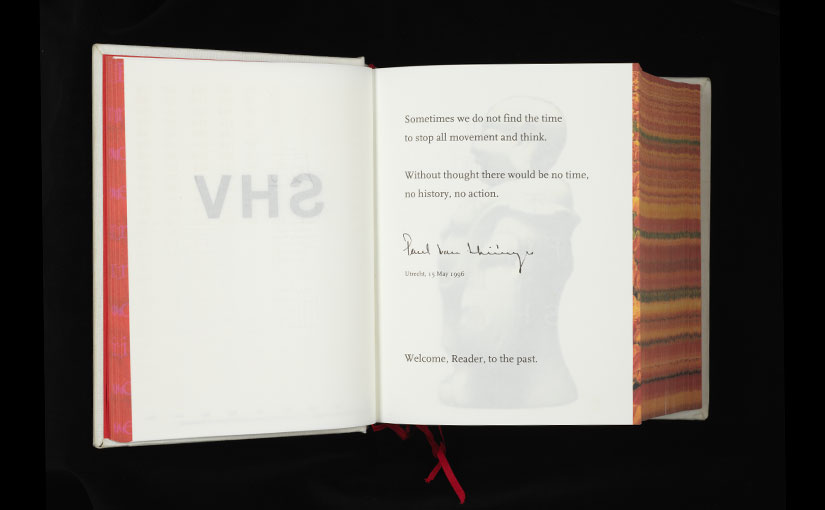
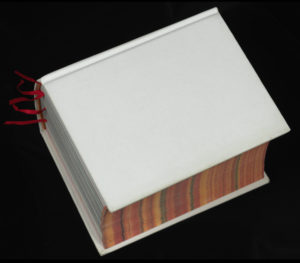
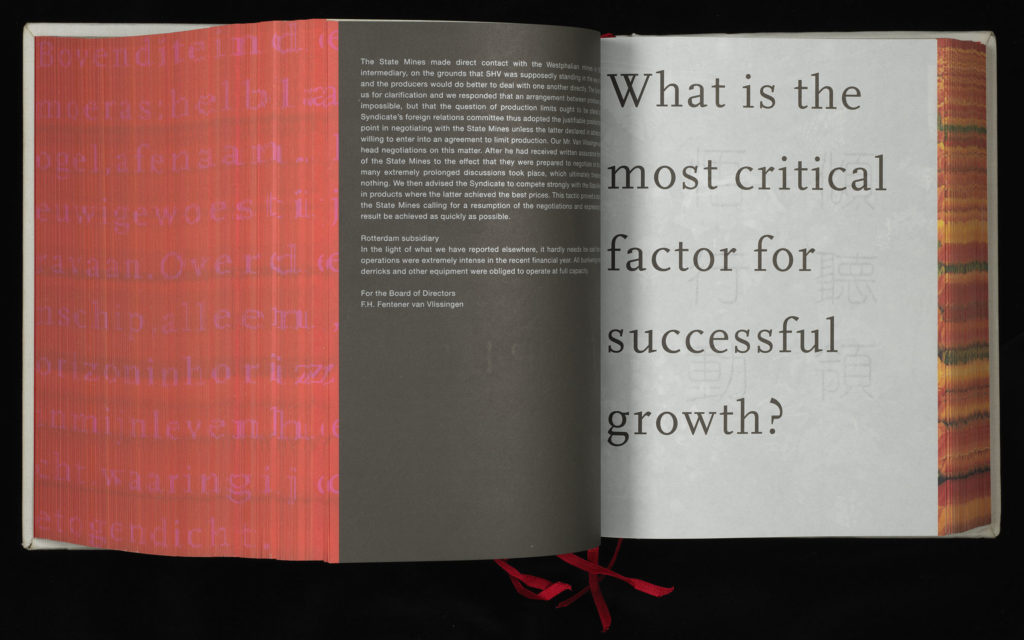
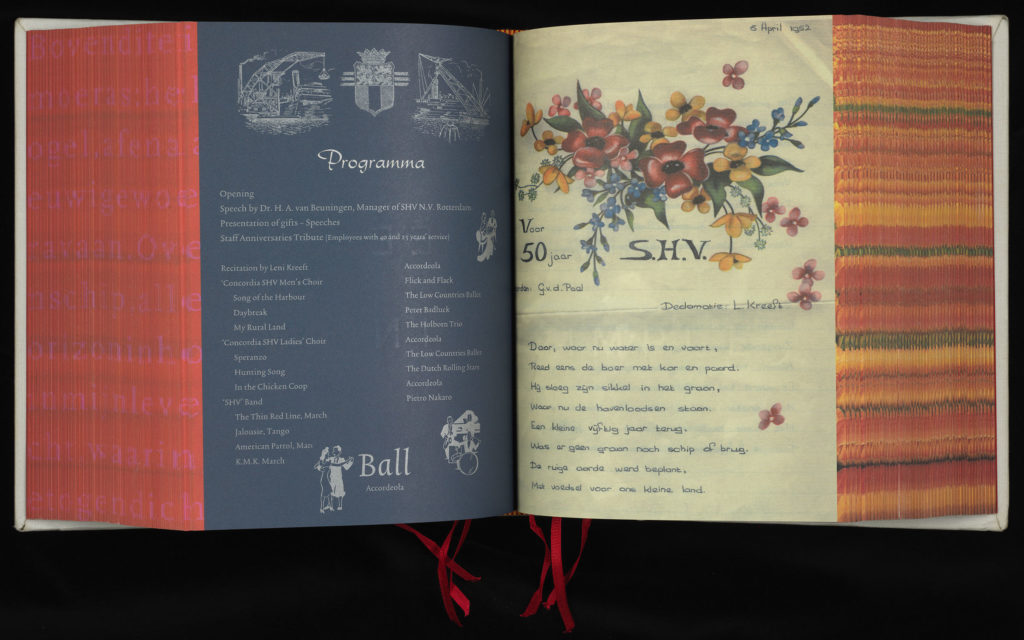
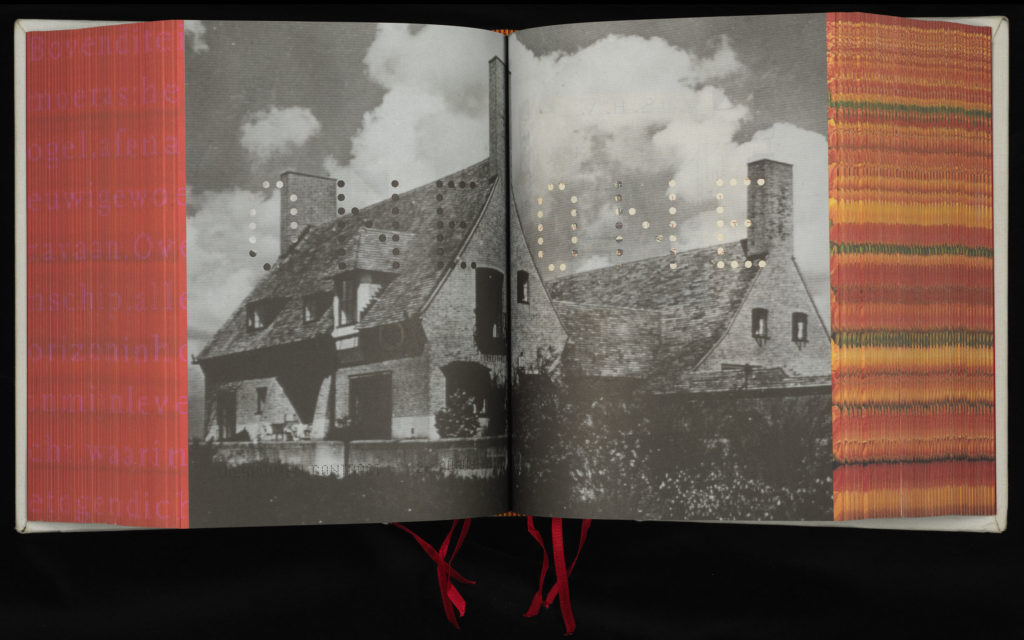
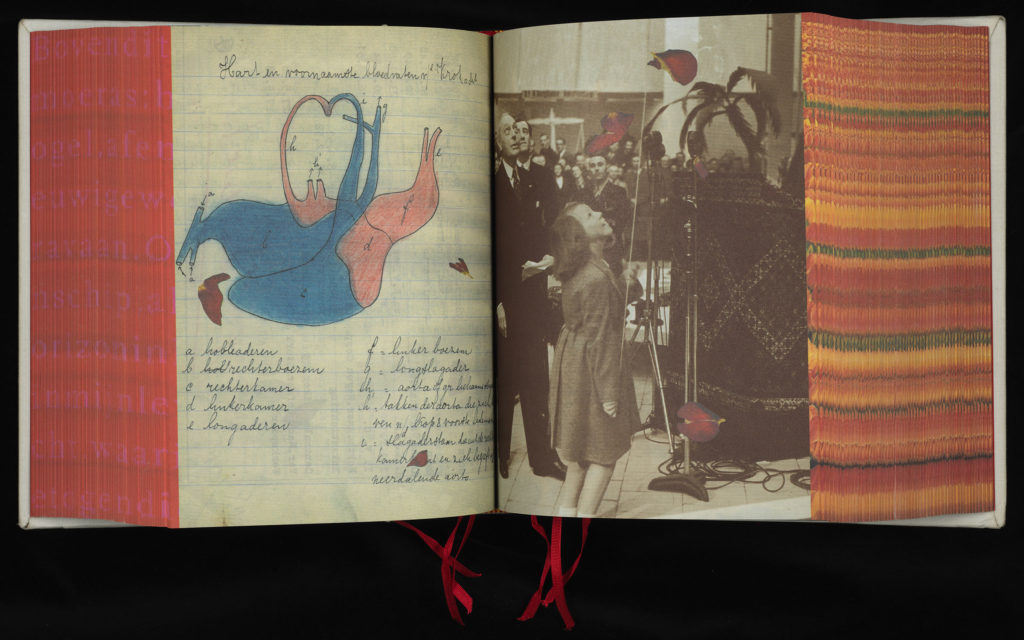
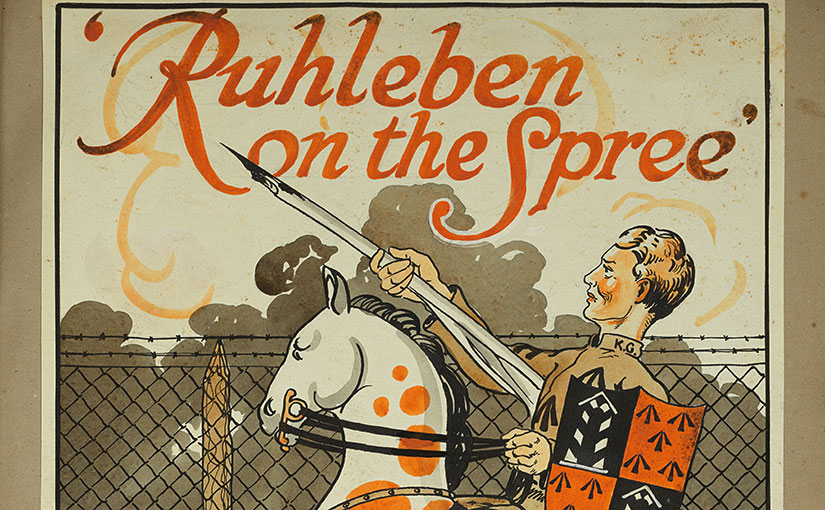
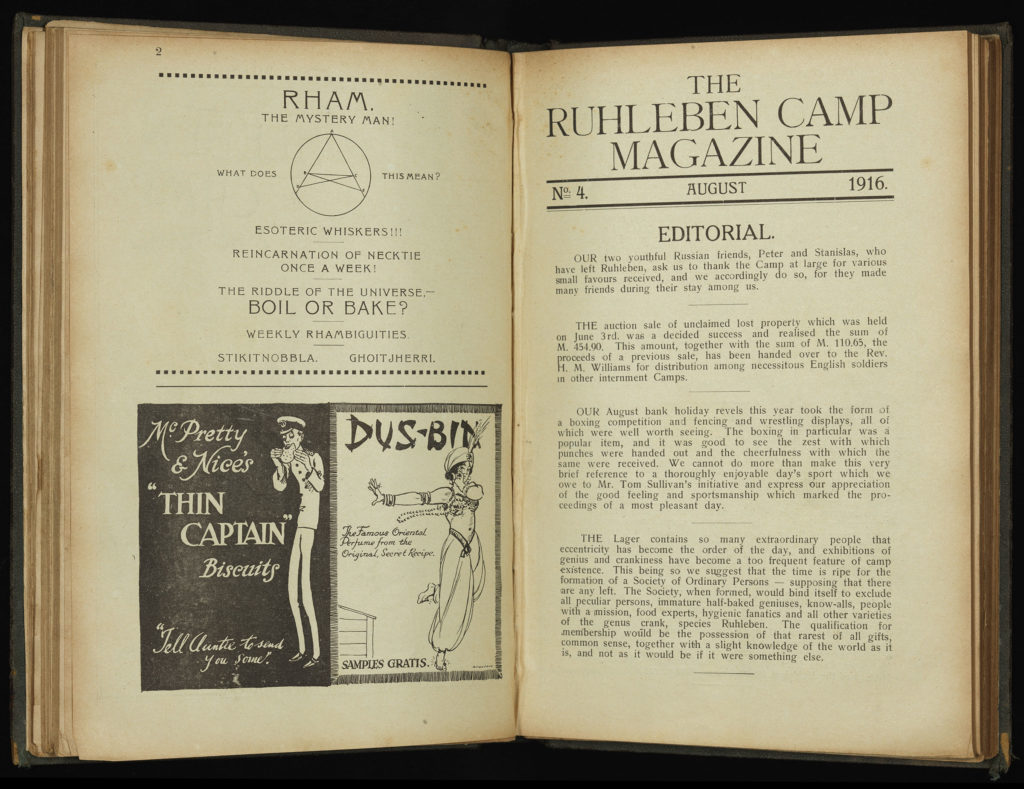
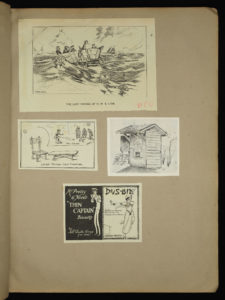
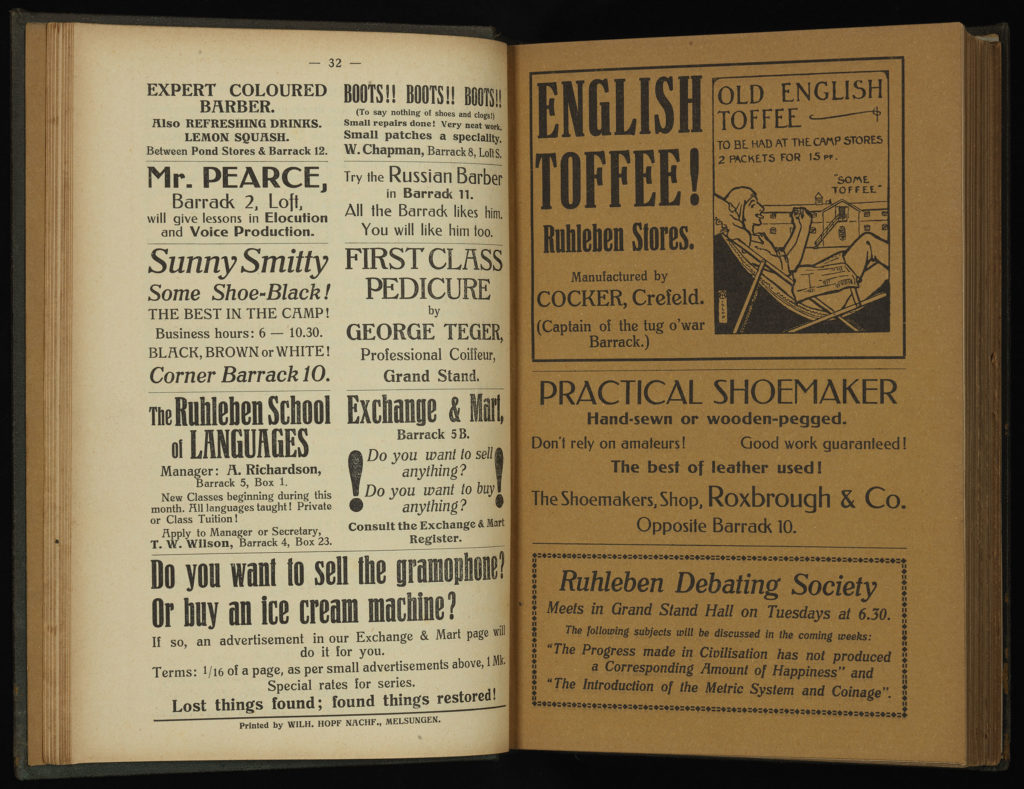
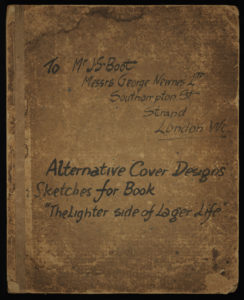
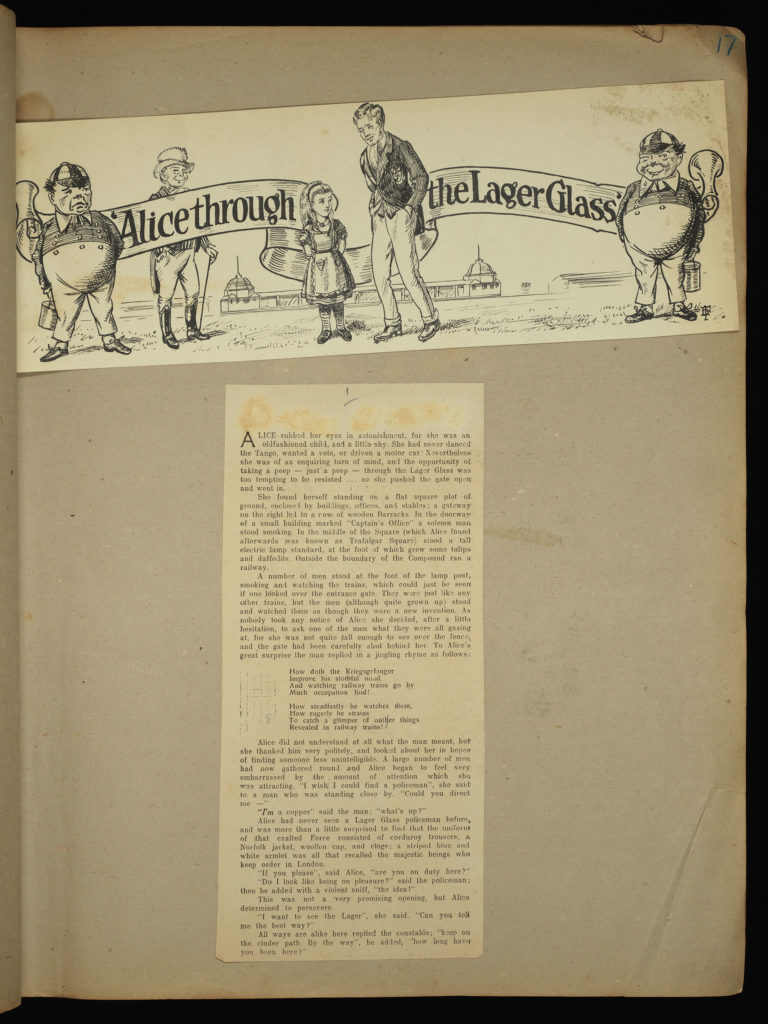
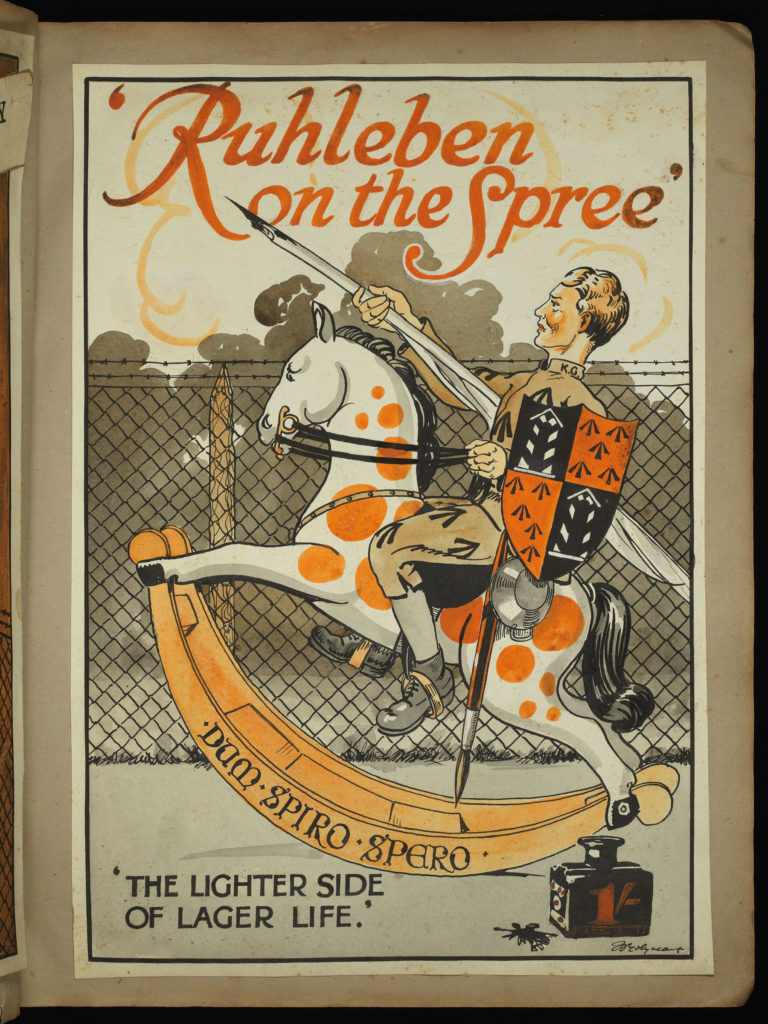
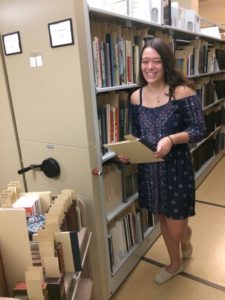 My name is Shannon Gaylord and I have been working at Rare Books and Special Collections for the last four years. I just recently graduated from Notre Dame where I majored in Psychology and minored in Education, Schooling, and Society. I am a student worker in the department, but I like to call myself the “Executive Book Manager” because it is a fun title and I primarily work directly with the books in the various collections. I have done a large variety of tasks during my time here such as assisting with stacks management which includes reshelving books, pulling materials, and shifting collections. I enjoy getting the chance to come in contact with so many ancient texts in all of the work that I do. I have worked with many of the department’s materials such as the American Colonial Currency collection and the Lohmann collection. I have assisted with the preparations for many of the classes and lectures that occur in the department. I also work at the department’s front desk where I assist patrons with materials and book scans as well as monitor those who are using the reading room.
My name is Shannon Gaylord and I have been working at Rare Books and Special Collections for the last four years. I just recently graduated from Notre Dame where I majored in Psychology and minored in Education, Schooling, and Society. I am a student worker in the department, but I like to call myself the “Executive Book Manager” because it is a fun title and I primarily work directly with the books in the various collections. I have done a large variety of tasks during my time here such as assisting with stacks management which includes reshelving books, pulling materials, and shifting collections. I enjoy getting the chance to come in contact with so many ancient texts in all of the work that I do. I have worked with many of the department’s materials such as the American Colonial Currency collection and the Lohmann collection. I have assisted with the preparations for many of the classes and lectures that occur in the department. I also work at the department’s front desk where I assist patrons with materials and book scans as well as monitor those who are using the reading room.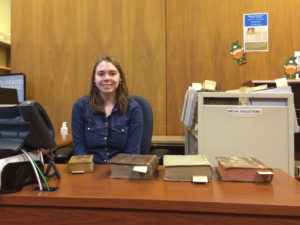 Hannah Benchik is a rising sophomore at Saint Mary’s College where she is studying Business with a minor in German. This summer, Hannah has been working at the front desk of the department. She explains that her job is much more complex than merely sitting at the front desk. Hannah says, “While the specific work that I do daily depends on the department’s specific needs for that day, my tasks can range from stamping books, answering phone calls, and assisting patrons in the reading room. I also monitor the reading room to make sure that the rare materials are handled correctly, shift books in the basement, and scan documents for ILL requests or for specific patrons.” Hannah enjoys the organizational aspect of this job, which is crucial for her work. Her favorite part of the job has been having the opportunities to examine priceless and rare books such as Saint Elizabeth Ann Seton’s Bible and Hartmann Schedel’s Nuremburg Chronicle. Hannah says that “it has been so amazing to see important and famous works of literature that most students my age have not been exposed to before.”
Hannah Benchik is a rising sophomore at Saint Mary’s College where she is studying Business with a minor in German. This summer, Hannah has been working at the front desk of the department. She explains that her job is much more complex than merely sitting at the front desk. Hannah says, “While the specific work that I do daily depends on the department’s specific needs for that day, my tasks can range from stamping books, answering phone calls, and assisting patrons in the reading room. I also monitor the reading room to make sure that the rare materials are handled correctly, shift books in the basement, and scan documents for ILL requests or for specific patrons.” Hannah enjoys the organizational aspect of this job, which is crucial for her work. Her favorite part of the job has been having the opportunities to examine priceless and rare books such as Saint Elizabeth Ann Seton’s Bible and Hartmann Schedel’s Nuremburg Chronicle. Hannah says that “it has been so amazing to see important and famous works of literature that most students my age have not been exposed to before.”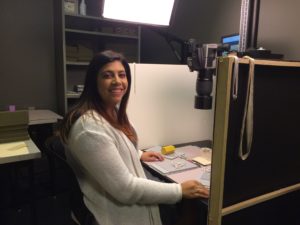 Samantha Awad is a recent graduate of the University of Illinois Urbana-Champaign where she graduated in English with Distinction. During her time there, she worked at the Rare Book and Manuscripts Library. This fall, she will be attending the University of North Carolina at Chapel Hill where she will study Library Science and Public Administration. This summer, she is responsible for photographing rare books and manuscripts as well as digitizing her work. Amanda says that she has “worked with German children’s literature from the world wars that is being exhibited at the library, books in the Petrarch collection, and a medieval manuscript that contained sheet music for a class this fall.”
Samantha Awad is a recent graduate of the University of Illinois Urbana-Champaign where she graduated in English with Distinction. During her time there, she worked at the Rare Book and Manuscripts Library. This fall, she will be attending the University of North Carolina at Chapel Hill where she will study Library Science and Public Administration. This summer, she is responsible for photographing rare books and manuscripts as well as digitizing her work. Amanda says that she has “worked with German children’s literature from the world wars that is being exhibited at the library, books in the Petrarch collection, and a medieval manuscript that contained sheet music for a class this fall.”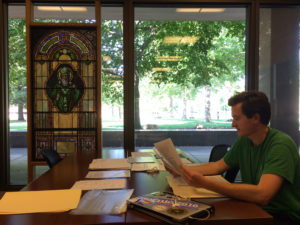 Liam Maher is working with Aedín Clements, the Irish Studies Librarian. He has assisted with archiving several special collections within the Irish Studies Collection. The first was a small collection of papers, letters, and books on peacemaking & reconciliation efforts in Northern Ireland between the Presbyterian and Catholic Churches. The materials date from the mid 1970s through the early 2000s. The majority of his work, however, has been focused on another collection. Arlen House, an historic feminist publishing house in Ireland, recently sent their documents to Hesburgh Library. He has been leafing through boxes of their papers and sorting them into archival categories: manuscripts, proofs, correspondence, brochures, photographs, business documents, etc. In Liam’s own words, “It is fun to piece together the story of Arlen House as I work through all of their materials!”
Liam Maher is working with Aedín Clements, the Irish Studies Librarian. He has assisted with archiving several special collections within the Irish Studies Collection. The first was a small collection of papers, letters, and books on peacemaking & reconciliation efforts in Northern Ireland between the Presbyterian and Catholic Churches. The materials date from the mid 1970s through the early 2000s. The majority of his work, however, has been focused on another collection. Arlen House, an historic feminist publishing house in Ireland, recently sent their documents to Hesburgh Library. He has been leafing through boxes of their papers and sorting them into archival categories: manuscripts, proofs, correspondence, brochures, photographs, business documents, etc. In Liam’s own words, “It is fun to piece together the story of Arlen House as I work through all of their materials!”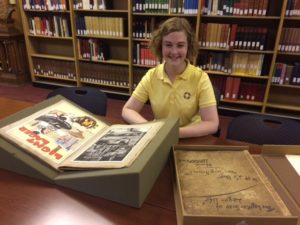 Sara Quashnie graduated from Notre Dame in 2015 with a BA in History. She is back this summer completing a practicum for her Master’s in Library and Information Science from the University of Illinois, Urbana-Champaign. Though she is not officially on RBSC’s payroll, she is doing some work in the department. She co-curated a spotlight exhibit, “War as Child’s Play: German Children’s Literature from the World Wars,” is describing a collection of original drawings tipped into an album created by British civilians held prisoner in a German internment camp during the First World War and creating a finding aid for it, and will be authoring a blog post about that collection.
Sara Quashnie graduated from Notre Dame in 2015 with a BA in History. She is back this summer completing a practicum for her Master’s in Library and Information Science from the University of Illinois, Urbana-Champaign. Though she is not officially on RBSC’s payroll, she is doing some work in the department. She co-curated a spotlight exhibit, “War as Child’s Play: German Children’s Literature from the World Wars,” is describing a collection of original drawings tipped into an album created by British civilians held prisoner in a German internment camp during the First World War and creating a finding aid for it, and will be authoring a blog post about that collection.